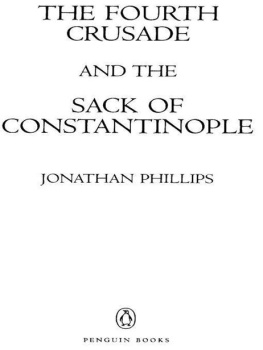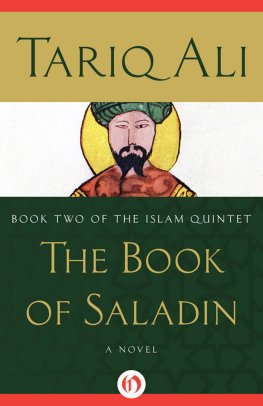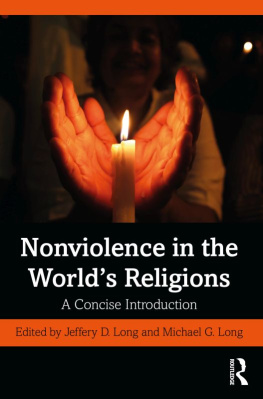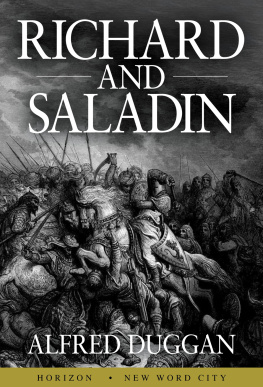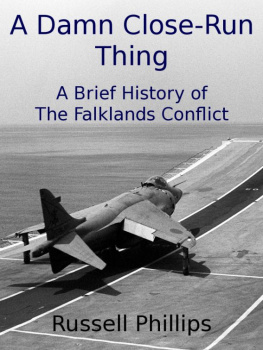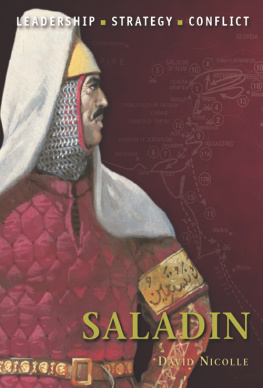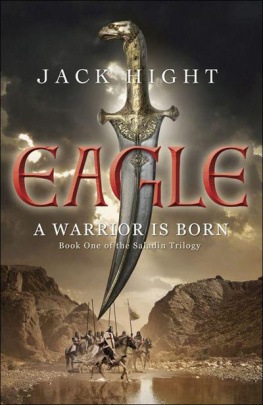The Life and Legend of the Sultan Saladin
ALSO BY JONATHAN PHILLIPS
Perceptions of the Crusades from the Nineteenth to the
Twenty-First Centuries (2018, co-editor)
The Crusades, 10951204 (second edition, 2014)
Caffaro, Genoa and the Twelfth-Century Crusades
(2012, with Martin Hall)
Holy Warriors: A Modern History of the Crusades (2009)
The Second Crusade: Extending the Frontiers of Christendom (2007)
The Fourth Crusade and the Sack of Constantinople (2004)
The Experience of Crusading: Volume 2 (2003, co-editor)
The Crusades, 10951197 (2002)
The Second Crusade: Scope and Consequences (2001, co-editor)
The First Crusade: Origins and Impact (1997, editor)
Defenders of the Holy Land: Relations Between the
Latin East and the West, 11191187 (1996)
The Life and Legend of the Sultan Saladin
J ONATHAN PHILLIPS

First published in 2019 in the United States by Yale University Press and in the United Kingdom by The Bodley Head, an imprint of Vintage, Penguin Random House.
Copyright Jonathan Phillips 2019.
Preface copyright Jonathan Phillips 2019.
All rights reserved.
This book may not be reproduced, in whole or in part, including illustrations, in any form (beyond that copying permitted by Sections 107 and 108 of the U.S.
Copyright Law and except by reviewers for the public press), without written permission from the publishers.
Yale University Press books may be purchased in quantity for educational, business, or promotional use. For information, please e-mail (U.K. office).
Typeset in 11.5/14pt Dante MT Std by Integra Software Services Pvt. Ltd, Pondicherry.
Printed in the United States of America.
Library of Congress Control Number: 2019937471
ISBN 978-0-300-24706-0 (hardcover : alk. paper)
This paper meets the requirements of ANSI/NISO Z39.48-1992
(Permanence of Paper).
10 9 8 7 6 5 4 3 2 1
For Sophie and John
Contents
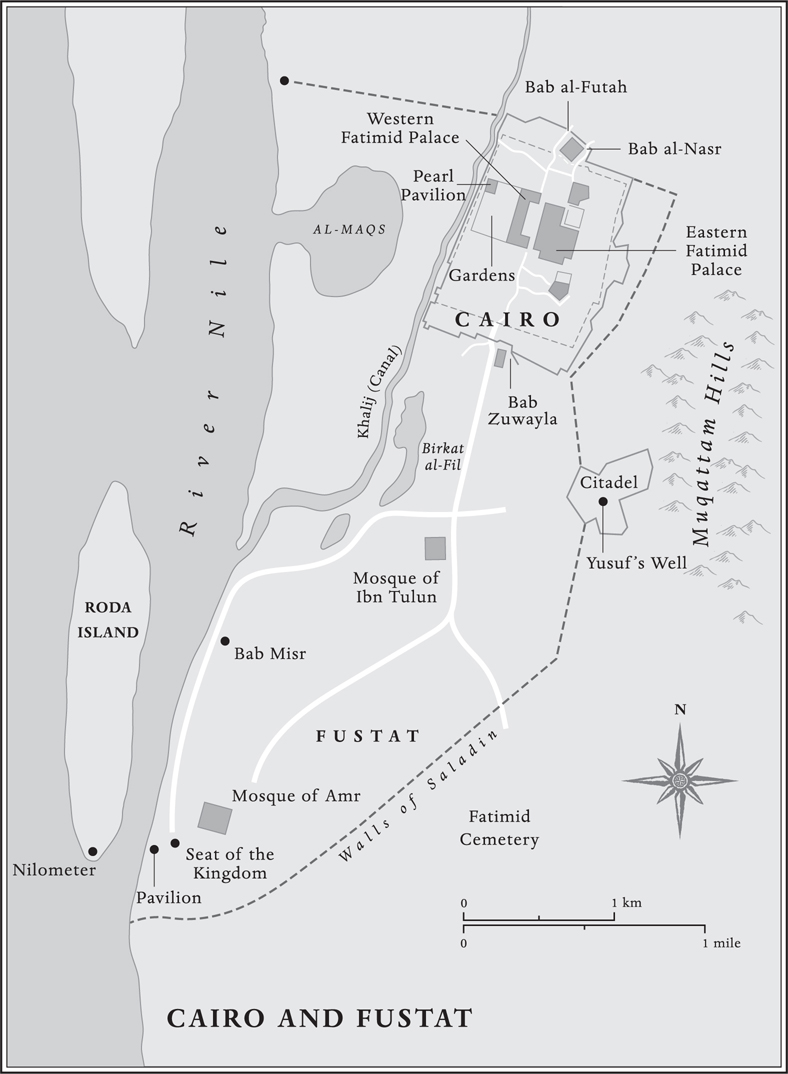
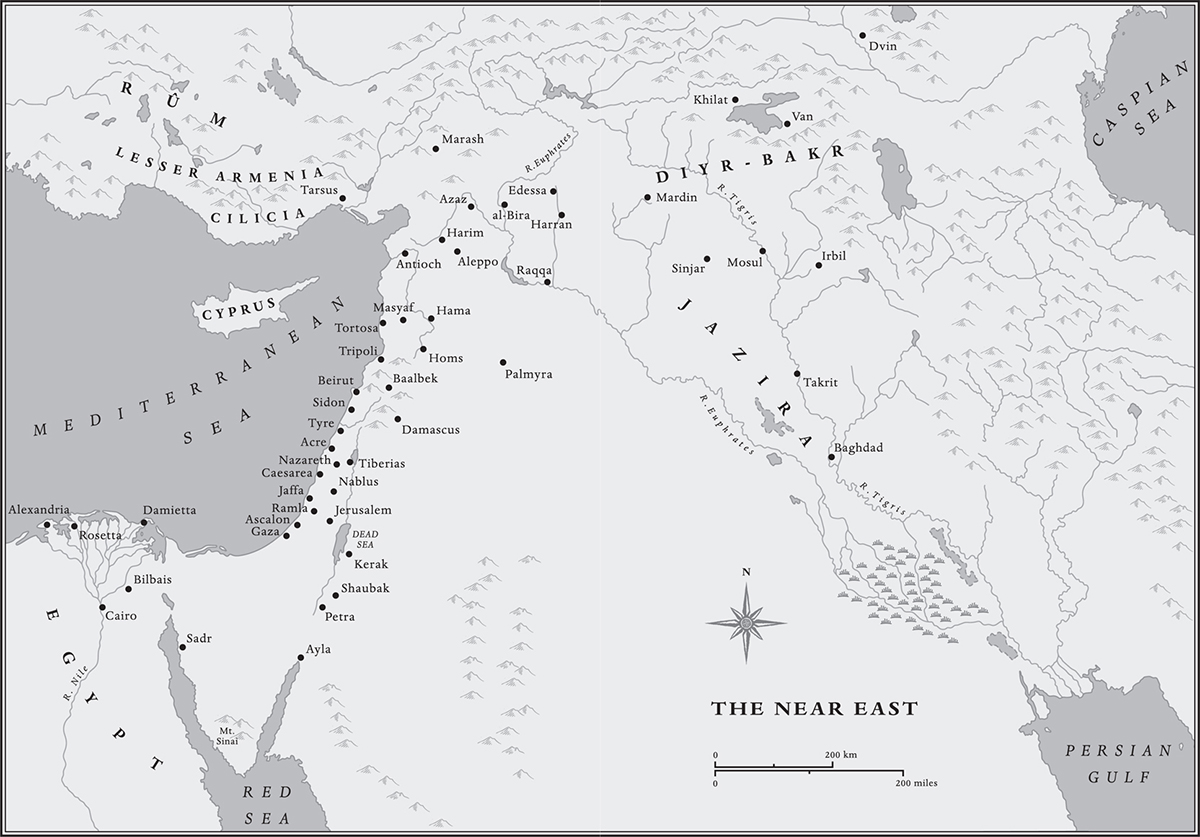
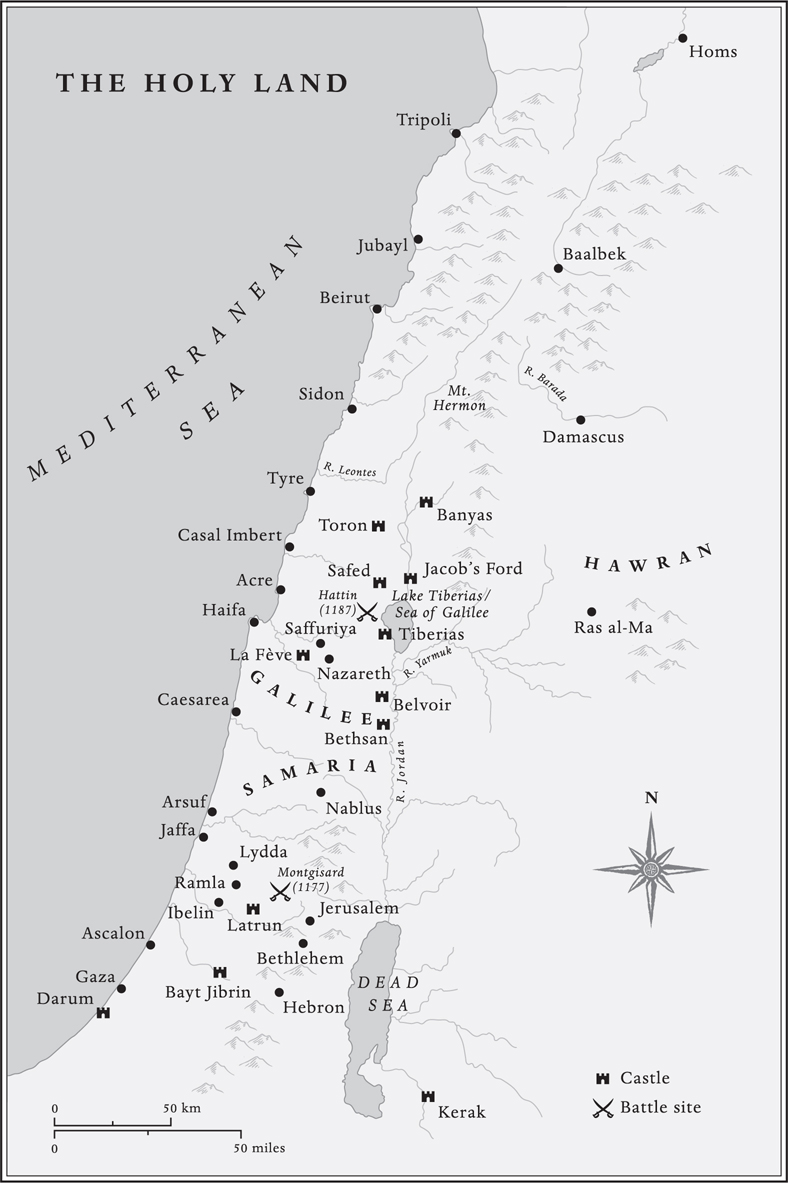
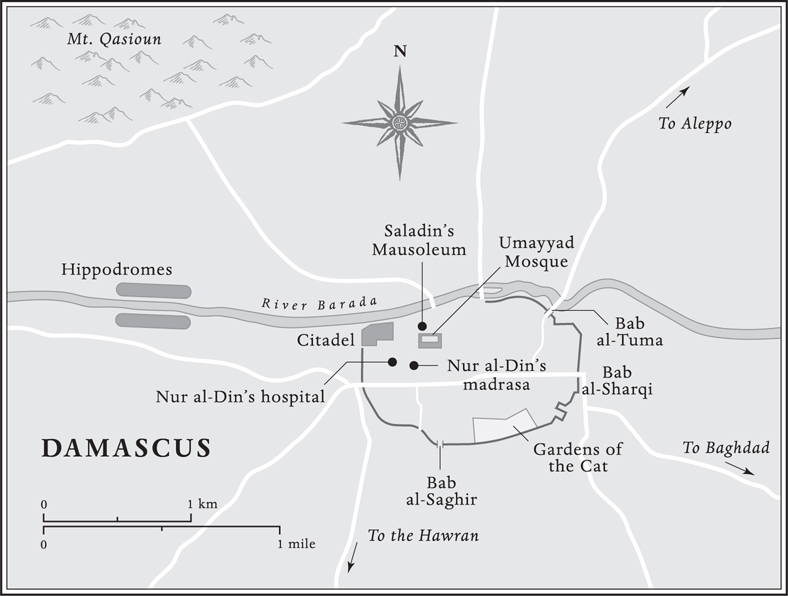
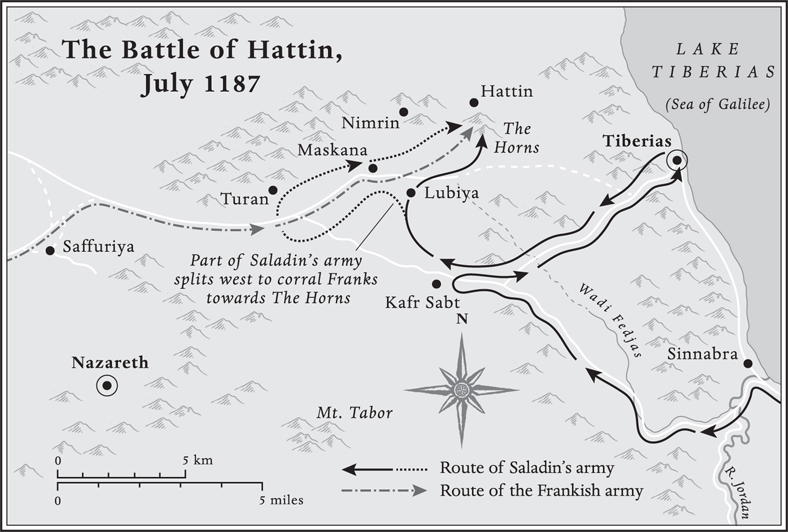

Dramatis Personae and a Note on Names
Some of the names here are not easy for a western reader to distinguish. My main aim has been to promote clarity and so I have often adopted a name in simplified form or chosen to use a particularly distinctive part of it; similarly, if a nickname exists, I have sometimes selected it. Muslim names are properly a combination of a given name, a lineage, a parental honorific, an honorific or title, and an ascription (geographical or ethnic origin, profession or a distinctive attribute). Breaking down Saladins name is an interesting example of this: Al-Malik al-Nasir Salah al-Din Abul Muzaffar Yusuf ibn Ayyub al-Tikriti al-Kurdi.
Thus: the king who supports/aids (an honorific); righteousness of the faith (another honorific); father of the victorious (parental honorific); Joseph (given name, in Quranic form of a biblical name); son of Job (lineage, in Quranic form of a biblical name); of Tikrit (ascription of birthplace); the Kurd (ascription of ethnicity). Our familiar Saladin is a Latin corruption of Salah al-Din, just as his brother, known to us as Saphadin, is a blur of Sayf al-Din, meaning Sword of the Faith.
I have also chosen to use the phrase counter-crusade. This can suggest an overly strict parity in the concepts of crusade and jihad. The definitions and discussions in the main text draw out important distinctions (as well as the similarities) between the two ideas. A more precise phrase in the context of Saladins labours would be anti-Frankish jihad, although with the caveat above duly noted, the more readable counter-crusade has been employed. As will also be apparent, Arabic diacritics are rarely used; with apologies to the purist, the issue of ease of reading overturned strict linguistic practice.
Al-Adid last of the Shiite Fatimid caliphs (d.1171).
Al-Afdal Saladins eldest son.
Amalric king of Jerusalem (r.116374).
Ayyub Saladins father (d.1173).
Baldwin IV leper-king of Jerusalem (r.117485).
Beha al-Din Ibn Shaddad Saladins army judge, and one of his chief officials and biographers.
Ibn al-Athir Mosuli historian, generally very pro-Zengid (d.1233).
Imad al-Din al-Isfahani secretary to Nur al-Din and, from 1175 onwards, to Saladin. He was with the latter for most of the remainder of the sultans life; historian and poet (d.1201).
Imad al-Din Zengi a nephew of Nur al-Din who married one of his daughters, also lord of Sinjar and an important contributor to Saladins armies.
Isa al-Hakkari instrumental in getting Saladin chosen as vizier of Egypt, a famous jurist and a closely trusted advisor to the sultan (d.1189).
Ismat al-Din Khatun wife of Nur al-Din and then (from 1176) of Saladin; she died in 1186.
Izz al-Din Masud lord of Mosul, a Zengid who resisted Saladins authority until 1186.
Keukburi (Blue Wolf), Muzaffar al-Din lord of Harran, senior commander.
Al-Mashtub (The Scarred) long-time supporter of Saladin and a senior general during the siege of Acre.
Nur al-Din Zengis son and ruler of Aleppo, Damascus and Mosul; the man who gave real impetus to the counter-crusade, and Saladins theoretical overlord (d.1174).
Nur al-Din Muhammad Artuqid Turkish ruler of Hisn Kayfa and Diyar Bakr, ally of Saladin.
Qadi al-Fadil head of the Fatimid administration who joined Saladins chancery in 1171 and was one of his inner circle until the sultans death; a prolific writer.
Qaraqush (Blackbird) former Fatimid official and Saladins master-builder of Cairo, as well as one the generals inside Acre when it surrendered.
Al-Salih Ismail Nur al-Dins son and successor in Aleppo (d.1181).
Sanjar Shah lord of Jazirat Ibn Umar and a nephew of Imad al-Din Zengi, the lord of Sinjar.
Saphadin (al-Adil) Saladins brother and the holder of many important political and advisory roles. Later ruler of Syria and Egypt (d.1218).
Shawar vizier of Egypt, responsible for inviting in both the Franks and the Syrians to his country as he sought to hold on to power (d.1169).
Shirkuh Saladins uncle, briefly vizier of Egypt and a key general to Nur al-Din (d.1169).
Taqi al-Din Saladins nephew, son of an elder brother of the sultan and one of his most important generals (d.1191).
Turanshah one of Saladins older brothers (d.1180).
Al-Zahir Ghazi Saladins third and seemingly favourite son.
Zengi father of Nur al-Din, founder of the Zengid dynasty; a brutal warrior who conquered Frankish Edessa in 1144 (d.1146).
Preface
In the post-9/11 climate we are increasingly familiar with al-Qaeda and ISIS using the word crusade as a powerful and inflammatory shorthand for Western aggression against the Islamic world. As this book shows, this is by no means a new practice. There has been increasing use of crusading imagery by the far right in North America and Europe and now also in connection with the regime of President Bolsonaro of Brazil. Within the broad historical legacy of relations between the people of the Near East and the Westone that in reality is far more complex than these binaries allowthe Sultan Saladin occupies a distinct position: a holy warrior dedicated to the recovery of Jerusalem for Islam, yet a figure to be respected in the West as well.
Next page

